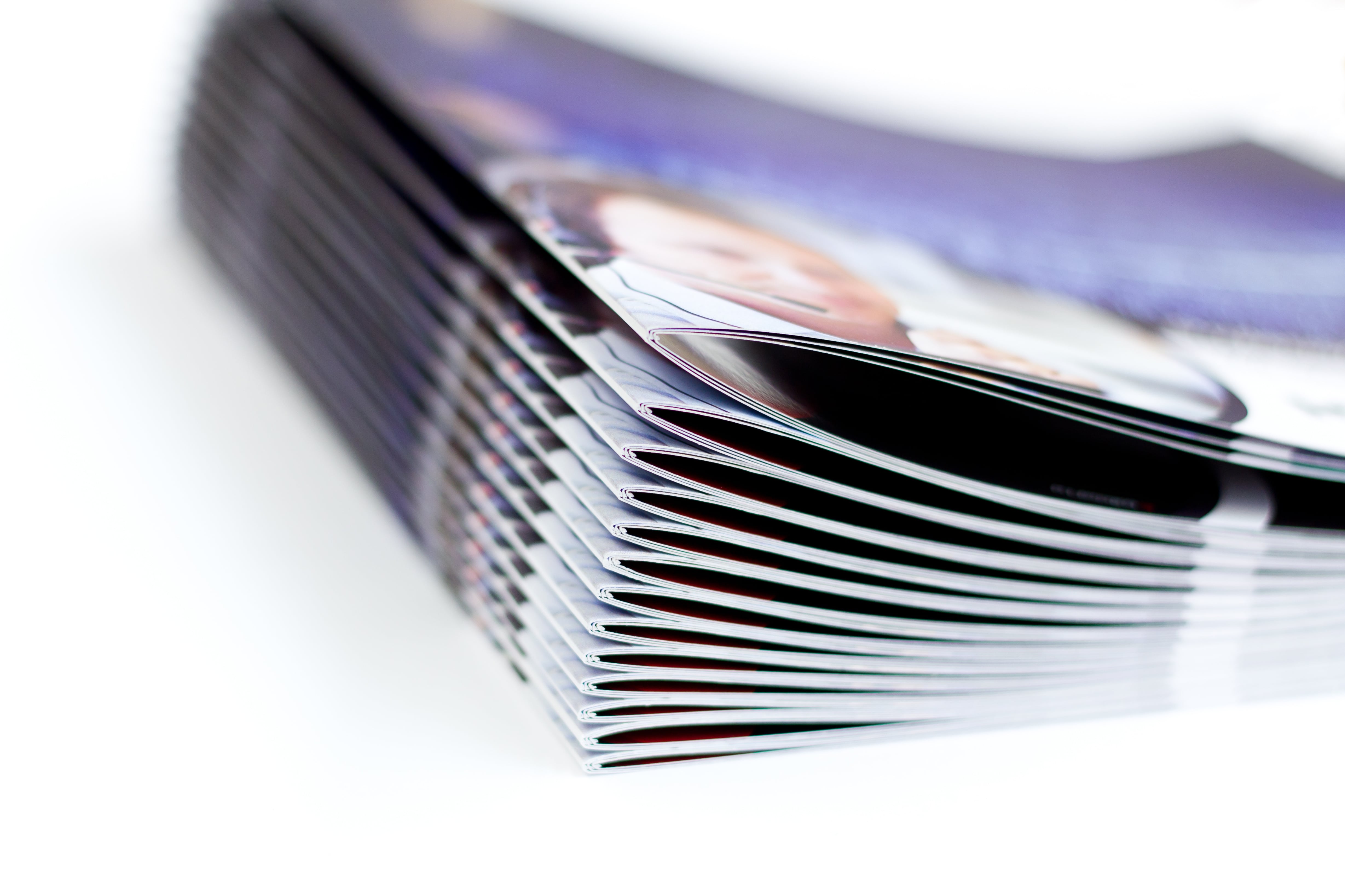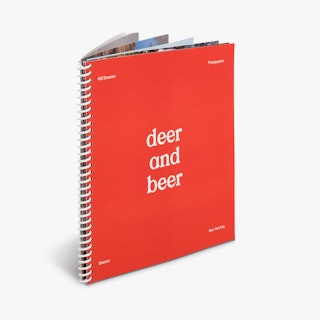The Necessary Guide to Comprehending Booklet Printing Options and Techniques
The process of booklet printing entails numerous considerations that can substantially impact the final item. From choosing the ideal style and dimension to comprehending the nuances of binding techniques, each choice plays a vital role. Additionally, aspects such as paper supply and printing strategies more influence the efficiency of the brochure. As one navigates these alternatives, it ends up being vital to grasp just how they interconnect and what that indicates for the overall end result.
Recognizing Pamphlet Dimensions and formats
When taking into consideration pamphlet printing, recognizing the numerous styles and sizes readily available is important for accomplishing the wanted presentation. Brochures can be created in many layouts, consisting of saddle-stitched, spiral-bound, and perfect-bound, each offering unique advantages. Common dimensions vary from standard letter (8.5 x 11 inches) to smaller sized options like A5 (5.8 x 8.3 inches), enabling adaptability based on web content and target audience.Selecting the suitable size can influence both the layout and visitor interaction. Larger dimensions could suit visually driven material, while smaller sized styles may be extra mobile and user-friendly. In addition, the number of web pages influences the selection of binding method, as thicker pamphlets might call for tougher bindings. Ultimately, recognizing these aspects permits a much more tailored technique, guaranteeing that the end product lines up with the desired message and aesthetic, boosting the total performance of the interaction.
Selecting the Right Paper Supply

Binding Methods: Factors To Consider and options
When it concerns binding approaches for pamphlets, numerous options are offered, each with distinctive benefits. Saddle stitch binding supplies a cost-effective option for thinner brochures, while excellent binding strategies give a more refined look for thicker publications. Wire-O binding stands apart for its longevity and simplicity of usage, making it perfect for documents that need flexibility.
Saddle Stitch Binding
Saddle stitch binding provides a useful and cost-effective remedy for constructing pamphlets, making it a prominent choice amongst publishers and businesses. This binding technique entails folding sheets of paper in half and stapling them along the fold line, producing a well organized and cool look. Typically suitable for brochures with a reduced page matter, saddle sewing is perfect for publications, pamphlets, and training products. The simplicity of this method enables for quick production and is usually preferred for promotional things or short runs. Nevertheless, it is important to keep in mind that saddle stitch binding might not appropriate for thicker booklets, as the spinal column may not stand up under boosted weight. Generally, it stays a trustworthy alternative for several printing tasks.
Perfect Binding Strategies
Perfect binding is a widely used technique that supplies a sleek and expert coating to booklets and publications. This method includes gluing the pages together at the spinal column making use of a solid adhesive, enabling a clean edge and the ability to hold a bigger variety of web pages compared to saddle stitching. Perfect binding is particularly suitable for thicker booklets, such as directories and yearly records, where a durable, flat spine is preferred. Furthermore, it provides the option for a printed cover that can be made to improve aesthetic charm. Nevertheless, considerations such as web page count, paper weight, and the meant use the pamphlet should be thought about, as they can impact sturdiness and total quality.
Wire-O Binding Options
Wire-O binding, understood for its resilience and flexibility, offers a superb choice for booklets that call for very easy page turning and an expert appearance. This binding approach uses a series of steel loopholes that hold web pages firmly, permitting them to lie level when open. It is specifically suitable for handbooks, directories, and discussions because of its durable nature. Wire-O binding is available in numerous shades and diameters, accommodating various web page matters and densities. Furthermore, it permits the incorporation of covers and tabs, improving the pamphlet's general visual. Factors to consider for Wire-O binding consist of the choice of cable shade, the dimension of the loopholes, and the extent of customization preferred, every one of which can profoundly affect the last product's appearance and capability.
Digital vs. Offset Printing: Which Is Best for You?
When choosing a printing method for pamphlets, recognizing the differences between electronic and offset printing is necessary. Digital printing makes use of contemporary technology to produce premium prints promptly and affordably, making it ideal for short runs or tasks calling for quick turnaround times. It permits customization, supplying the capability to publish on-demand with very little waste.In comparison, counter printing is a typical technique that masters producing large amounts with regular top quality. It includes moving ink from a plate to a rubber covering, then to the paper, which causes vivid shades and precise details. Offset printing normally needs longer configuration times and is a lot more cost-efficient for larger volumes.Ultimately, the choice in between digital and balance out printing depends on task requirements, spending navigate here plan, and desired amount. For little, time-sensitive tasks, digital could be the finest choice, while countered might be more suitable for larger, premium productions.

Creating Your Brochure: Tips and Ideal Practices
When making a booklet, cautious attention to format, font style selection, and color use can greatly enhance its effectiveness. A well-structured design guides the reader's eye, while appropriate font styles assure readability and communicate the wanted tone. Additionally, efficient use color can stimulate feelings and emphasize vital info, making the total layout extra impactful.
Selecting the Right Format
Exactly how can one effectively pick the best layout for a brochure? Initially, it is crucial to evaluate the pamphlet's objective and target audience. A clean, organized format boosts readability and interaction. Using a grid system can help in aligning aspects consistently, producing a professional appearance. Furthermore, incorporating aesthetic hierarchy through varying dimensions and placements of images and text can direct the reader's eye and highlight crucial information. It is additionally essential to leave adequate white space, which stops overcrowding and permits far better focus. Finally, examining different formats via mock-ups can offer insight right into how the style does in real-world scenarios, ensuring that the end product meets both aesthetic and useful demands.
Selecting Suitable Typefaces
An appropriate typeface can considerably boost the general design of a booklet, complementing the layout and enhancing the content's message. The selection of font styles need to think about readability, particularly for body message, as it ensures the details is available to all readers. Sans-serif typefaces are frequently favored for electronic formats, while serif fonts can offer a standard feel in printed products. It's suggested to restrict font selections to 2 or 3 to keep aesthetic comprehensibility. Furthermore, font style dimension plays an essential role; headings must be not frustrating yet distinctive, while body text ought to be comfortable for analysis. When picking typefaces, alignment with the booklet's theme and target market is important for reliable communication and aesthetic allure.
Effective Usage of Color
Shade acts as an effective tool in pamphlet layout, forming assumptions and directing visitor feelings. It can stimulate sensations of calmness, count on, or excitement, relying on the tones selected. Developers ought to think about shade concept principles, making sure that the selected combination aligns with the booklet's message and target market. Using warm colors like red and orange can produce seriousness, while cooler tones like environment-friendly and blue foster tranquility.Additionally, comparison plays an important role; corresponding shades can improve readability and aesthetic charm. Uniformity in shade use throughout web pages additionally enhances brand identity and communication. Eventually, efficient color implementation not just catches focus however also enhances the booklet's objective, making it an important facet of effective layout.
Completing Touches: Coatings and Unique Results
While numerous take into consideration the material and format of a booklet one of the most important aspects, the ending up touches, such as coverings and special impacts, play an essential function in enhancing its total charm. Coatings can provide security and toughness, ensuring that the brochure holds up against deterioration. Matte surfaces provide an innovative, non-reflective surface area, while glossy layers can make colors appear more distinctive and vibrant. Special effects, like embossing or aluminum foil marking, include a responsive measurement that can develop an unforgettable perception. These techniques can highlight specific locations, accentuating crucial info or creating aesthetic interest. Furthermore, UV finish can offer a high-shine coating that boosts the total look.Together, these completing touches not just enhance the booklet's aesthetic yet likewise interact professionalism and trust and interest to information, ultimately leaving an enduring impact on the reader.
Cost Considerations for Pamphlet Printing
Recognizing the numerous price considerations for booklet printing is crucial for companies and companies aiming to Homepage maximize their budget plans. Key elements influencing prices consist of the option of binding, paper, and ink methods. Greater high quality products, such as exceptional paper or specialized inks, commonly raise the general expenditure. Furthermore, the dimension and web page count of the brochure play a considerable duty; larger brochures require even more sources and time to produce.Another crucial consideration is the printing technique, whether digital or countered, as each has its own pricing structure and suitability for various amounts. Services ought to additionally factor in layout prices, which can vary based on intricacy and the usage of specialist services. Inevitably, delivery and handling costs can include in the total, especially for big orders. By evaluating these aspects, companies can make educated choices that align with their financial abilities while accomplishing the desired high quality in their printed materials.
Frequently Asked Questions
What Are the Environmental Influences of Brochure Printing?
The environmental impacts of booklet printing consist of logging from paper manufacturing, carbon emissions from transport, and waste generation from thrown out products - Booklet Printing. Lasting methods, such as using recycled paper and eco-friendly inks, can minimize these impacts
How Can I Guarantee Shade Accuracy in My Booklet?
To ensure color accuracy in a brochure, one must utilize calibrated screens, employ expert shade accounts, conduct examination prints, and select top notch printing solutions that offer shade matching and proofing alternatives click for more for ideal results.
What Is the Common Turnaround Time for Pamphlet Printing?
The normal turnaround time for pamphlet printing varies depending upon the complexity and quantity - Booklet Printing. Usually, it ranges from a few days to 2 weeks, affected by factors such as printing approaches and ending up demands
Exist Minimum Order Quantities for Brochure Printing?

Can I Publish Booklets in Multiple Languages?
Publishing booklets in several languages is possible. Many printing solutions provide choices for multilingual or multilingual designs, allowing for reliable communication. Cautious preparation assurances that design elements suit different languages without endangering readability or aesthetics. Furthermore, aspects such as paper stock and printing methods further influence the effectiveness of the brochure. When considering booklet printing, recognizing the different formats and dimensions offered is important for attaining the wanted presentation. When choosing a printing approach for brochures, understanding the distinctions in between electronic and counter printing is essential. In addition, the dimension and page count of the booklet play a substantial role; bigger pamphlets require more sources and time to produce.Another essential consideration is the printing strategy, whether electronic or offset, as each has its very own rates framework and viability for different amounts. The ecological impacts of pamphlet printing consist of logging from paper production, carbon emissions from transportation, and waste generation from discarded products.